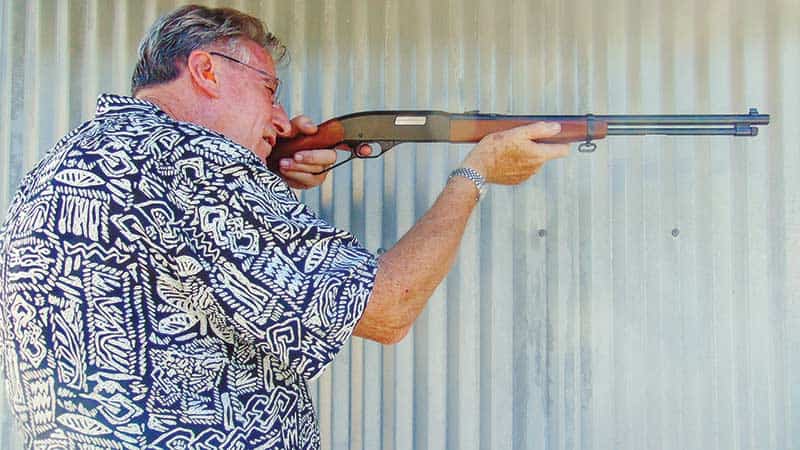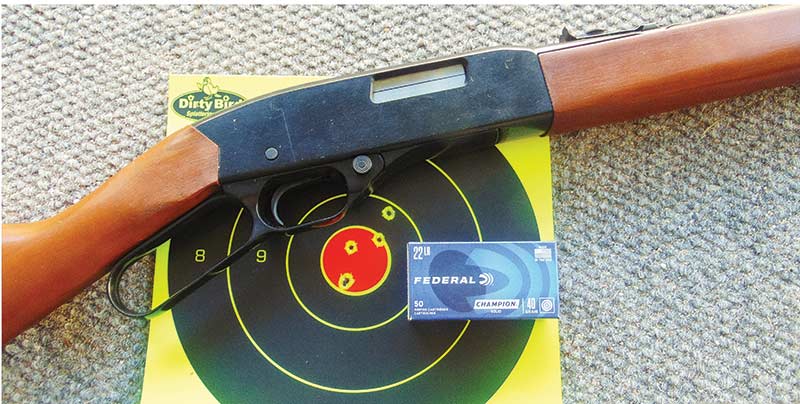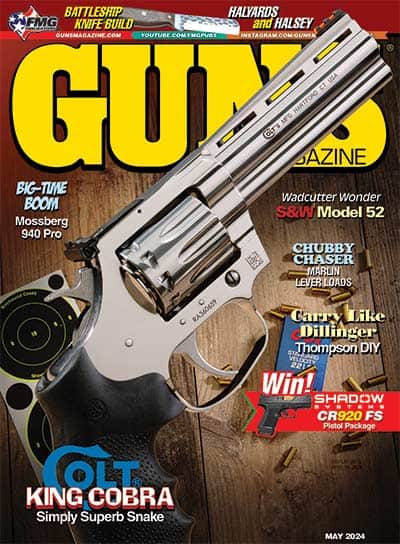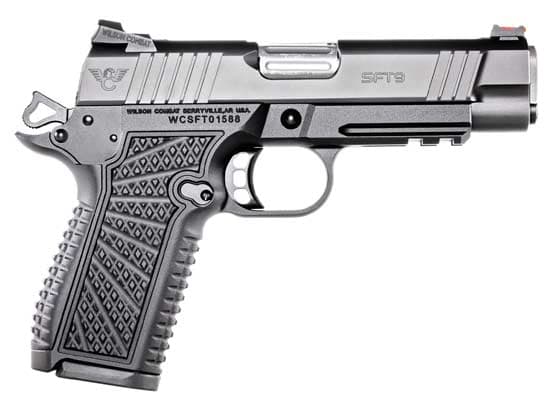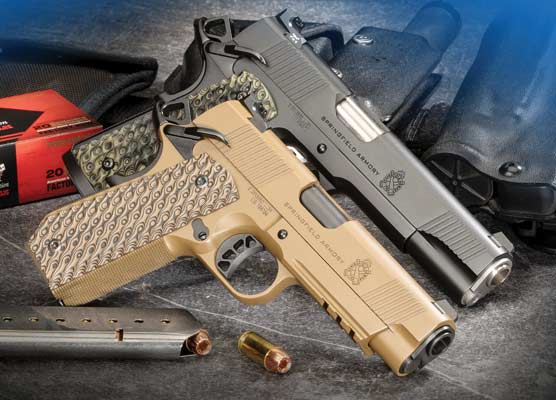Winchester Model 150
Filling The Rimfire Gap
I’ve used many Winchester rimfires of ’30s, ’40s and ’50s vintage that — more or less — fit the description of “budget” .22.
Most were of the bolt-action persuasion and quite a few of them now command far over “budget” prices on the used market, once you factor in the ravages of inflation on a 70- or 80-year-old rifle.
Nearly all of them, I can recall, shot and functioned far better than I expected or, in fact, had the talent to take full advantage of.
Not to say they’d shade, say, the super-premium Model 52 Sporter, let alone the Target version. However, there wasn’t one of them I ever shot — the Model 58, Model 67 or Model 69 — that didn’t uphold the company’s legendary reputation.
However, the early 1960s presented economic challenges to Winchester and the company addressed it in cost-cutting ways, which horrified many traditionalists — stamped vs. milled, alloy vs. steel, etc. Thus came the honorific “Pre-64” description of several flagship models. There’s no denying Winchester’s previously unassailable reputation took a hit with the cognoscenti for some time after.
This may have been a bit unfair. The year 1963 saw the introduction of a hammerless, tubular magazine lever-action Winchester .22 along with slide-action and autoloading stablemates. The Model 250 enjoyed a 10-year production run ending in 1973, roughly coinciding with a .22 Magnum version called the Model 255.
But sandwiched in there from 1967 to 1974 was the Model 150, essentially a plain Jane, less-expensive take on the Model 250. It featured a walnut-finished plain hardwood straight-grip stock and forearm, and an alloy receiver. It was described as a carbine even though it shared the same 20.5″ barrel length as the Model 250 rifle. List price as of 1972 was $57.95. All told, 47,400 Model 150s were produced. Today, this price tag translates to around $426, roughly equivalent to a current entry-level Henry .22 lever gun.
Ultimately, the lever-action niche in the company’s rimfire lineup was taken over by the sexier and pricier 9422. It was cut along more traditional Winchester saddle gun lines, and is rightfully revered by .22 fans who may have seen it as a welcome return to form.
But let’s return to the Model 150. We managed to lay hands on one courtesy of a shooting buddy who rediscovered it resting unmolested in the “wayback” of his spacious gun safe.
The weight and capacity specs on our test rifle are as follows: 5 lbs. and a tubular magazine holding 21 Shorts, 17 Longs or 15 Long Rifles. The open rear sight is step-adjustable for elevation. Thankfully, on ours the step was metal; on some guns, plastic was used. Unlike the M250, the M150 features a barrel band and swing swivels.
After taking the M150 out to our local range, we quickly discovered performance was very good as far as functioning goes. The only caveat here was the chamber and bolt face tend to foul up easily and must be kept clean and free of lead or carbon buildup. This may entail the use of a dental pick or similar medieval torture instrument.
The lever action throw was smooth and short, but you don’t want to baby it. Throw the lever hard and fast or you may experience problems when empties get spun around without getting thrown clear.
We opted to stick with .22 Long Rifle ammo. Shorts — as cool and fun as they are — constitute a pain for the fumble-fingered on cold days with any type magazine, tubular or box. And Longs are virtually impossible to come by unless you’re lucky enough to stumble across voluminous quantities in a relative’s garage.
So we stuck with long rifles, which remain the first choice for any .22 rimfire as far as we’re concerned. Accuracy at 35 yards was as okay as we could manage with the issued open irons. The trigger pull on our specimen was a reasonably non-gritty 3.5 lbs., which helped things more than a little bit.
With 40-grain Federal Champion ammo, our best efforts yielded a slightly over one-inch 4-shot group with an errant 5th round blowing things out another half-inch. Again, this may not sound scintillating, but glass would most likely have shrunk things down considerably.
But once a rough zero was obtained, the Model 150’s true place in the shooting universe became apparent. For rapid-fire plinking at clay birds, soda-pop cans, rocks and metal “dinger” targets, the M150 is about as much fun as you can have without being arrested. Although we shot it with the original iron sights, it cries out for a scope, and fortunately, the receiver is grooved to accept tip-off mounts.
On the used market, the price difference between the Model 150 and 250 is pretty inconsequential. Most I’ve seen have been in the $350 to $550 range.

